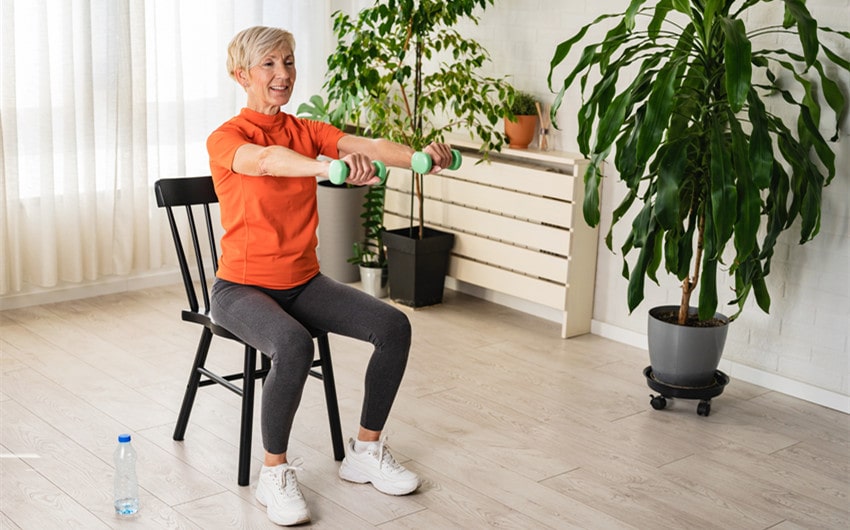Rebuilding Strength and Flexibility After Disability: Simple Exercises for Busy Professionals
Trying to balance professional responsibilities and recovering from a disability can feel like an uphill climb. You have to rebuild physical strength and flexibility. But you also have to regain confidence, independence, and vitality.
Fortunately, an uphill climb doesn’t mean it’s an impossible one. Rebuilding starts with listening to your body. Overexertion or neglecting physical cues can set you back, so tuning in and pacing yourself is critical.
Equally important in your recovery is prioritizing simple exercises that take into account your busy professional life. By integrating safe, adaptable exercises into your day, you can gradually rebuild strength and flexibility without sacrificing your professional goals.
Indoor Exercises for a Busy Schedule
When time is tight, indoor exercises provide a practical solution. The beauty of these activities lies in their accessibility: you can strengthen your body without leaving your home or office.
Simple indoor strength and flexibility exercises include:
• Wall push-ups: Stand a few feet away from a sturdy wall, place your palms flat on the surface, and perform gentle push-ups. This is a great upper-body workout that avoids strain.
• Gentle yoga stretches: Simple poses like seated forward bends or shoulder stretches can improve flexibility and reduce muscle stiffness.
• Standing calf raises: Hold onto a stable surface, lift your heels off the ground, and slowly lower them back down to strengthen your calves and ankles.
Make sure you have a safe and healthy environment in which you can do these exercises and support your physical recovery.
A clean, clutter-free environment can reduce stress, while elements like proper ventilation improve indoor air quality, filtering out toxins and promoting better breathing and energy levels. Ensure you have adequate spaces to move around in.
Low-Impact Aquatic Exercises
If you have access to a pool, aquatic exercises are a fantastic way to rebuild strength without putting stress on your joints. Water’s natural buoyancy supports your body, making it easier to move while providing gentle resistance to strengthen muscles.
Some effective aquatic exercises include:
• Water walking: Simply walking through waist-deep water strengthens the legs and improves balance.
• Leg lifts: Standing in the water, lift one leg to the side and hold for a few seconds before switching.
• Water arm circles: Submerge your arms and rotate them in small circles to build upper-body strength.
Chair Exercises for Limited Mobility
For professionals with limited mobility or those using wheelchairs, chair exercises offer a practical way to improve strength and flexibility while seated. These routines are adaptable, easy to incorporate into your schedule, and require minimal equipment. Here are a few simple chair exercises to try:
• Seated arm raises: Raise your arms above your head, hold for a few seconds, and bring them back down.
• Torso twists: Sit tall, place your hands on your hips, and gently twist your torso to the left and right.
• Seated marches: While seated, lift one knee at a time as if marching. This improves circulation and strengthens the core.
Technology-Based Exercises
Technology can play a significant role in recovery. Apps, virtual trainers, and compact fitness devices offer innovative ways to engage in safe, effective exercises.
For example, fitness apps like MyFitnessPal or FitOn offer customized routines tailored to your needs. Fitness trackers monitor your progress, reminding you to move and stay on track. Devices like Activ5, a portable strength-training tool, allow you to perform isometric exercises anywhere.
By incorporating technology into your routine, you can track your progress, stay motivated, and enjoy guided exercises that support your recovery.
Conclusion
Whether you prefer simple indoor routines, gentle aquatic exercises, chair-based movements, or tech-powered tools, integrating these activities into your daily life can have a lasting impact on your well-being.
The key is to start small, listen to your body, and celebrate each milestone. By prioritizing your health alongside your professional commitments, you’re investing in a stronger, more resilient future.







